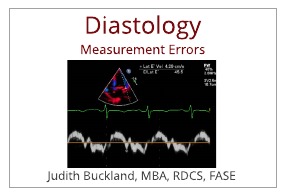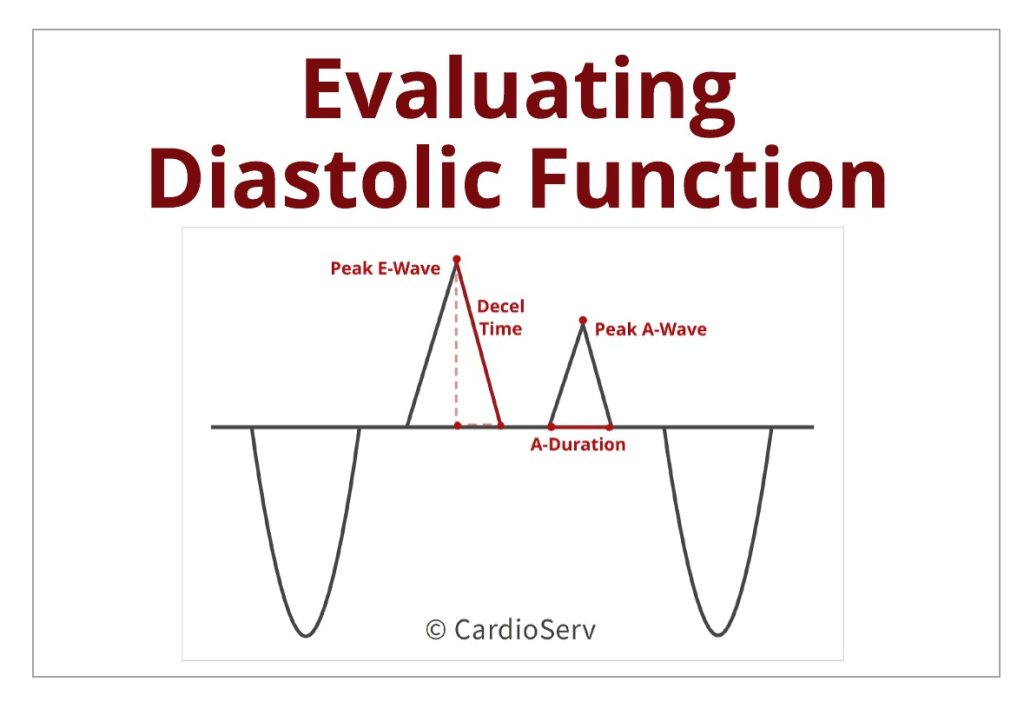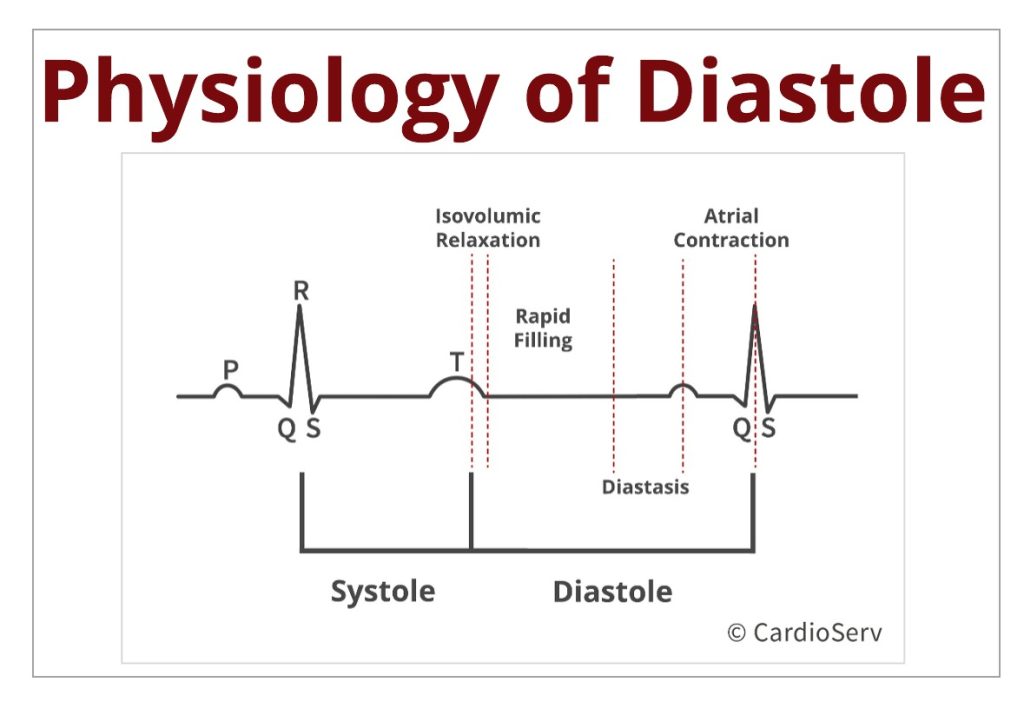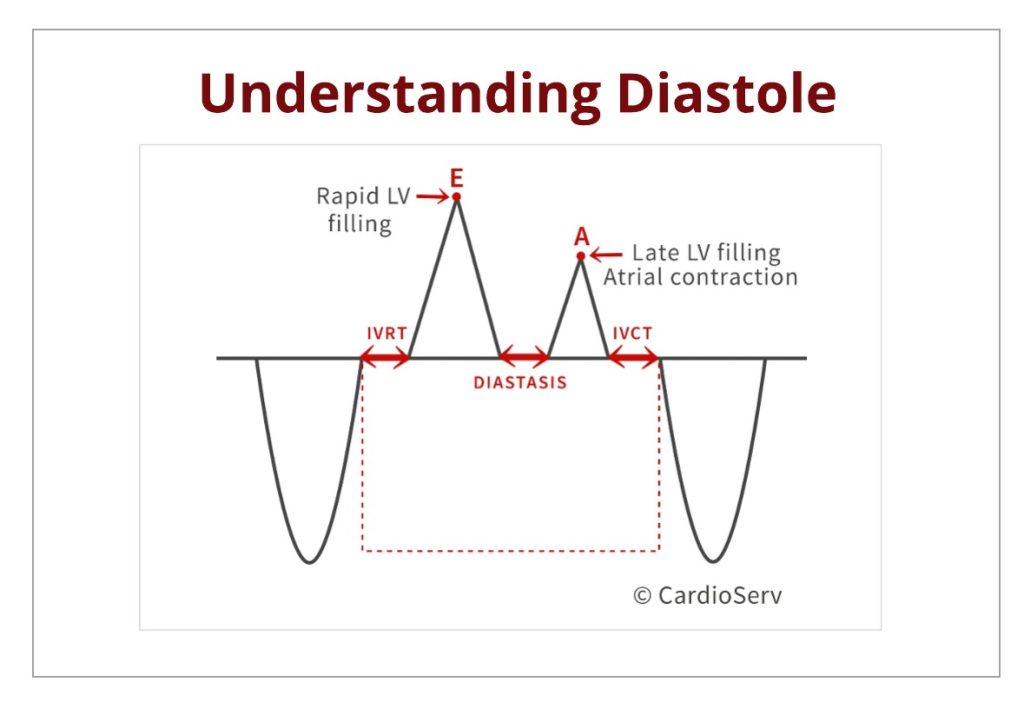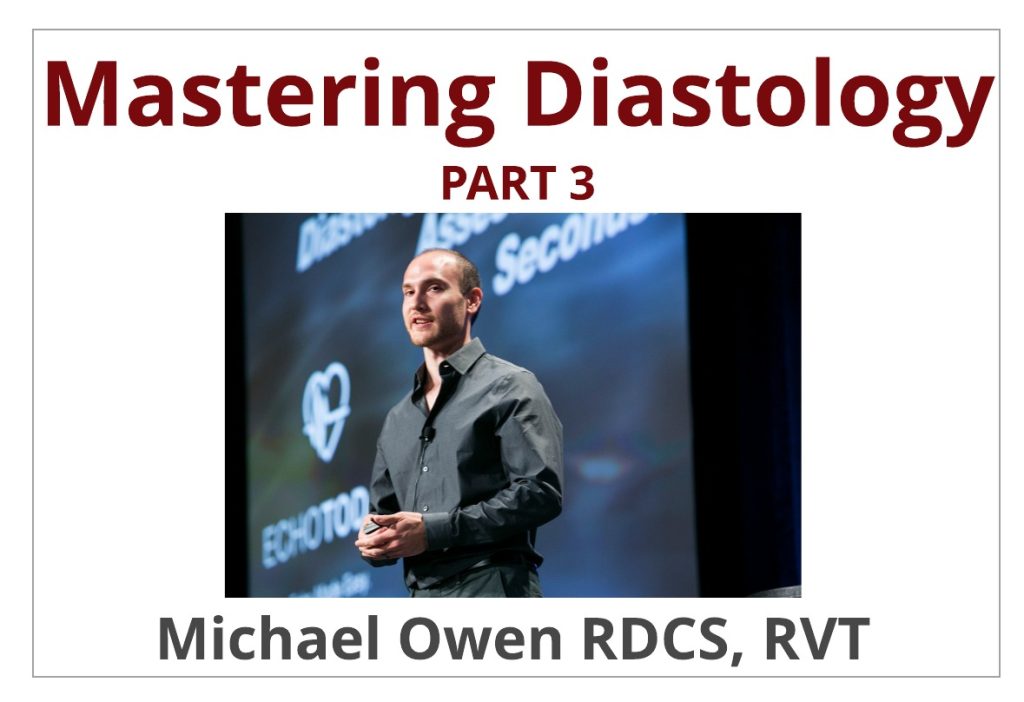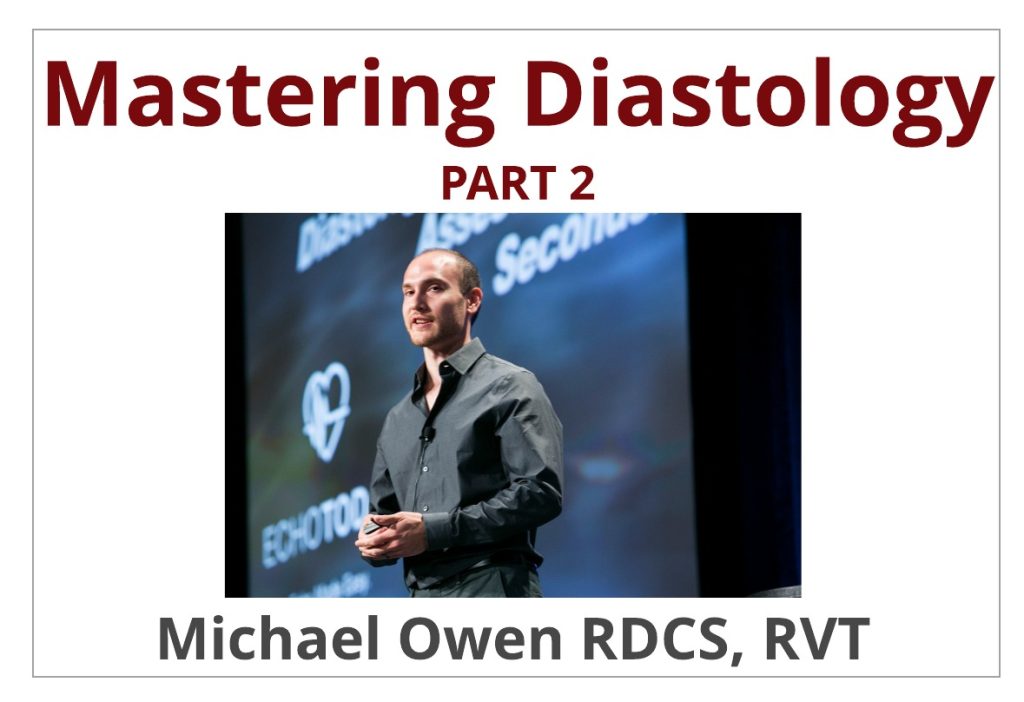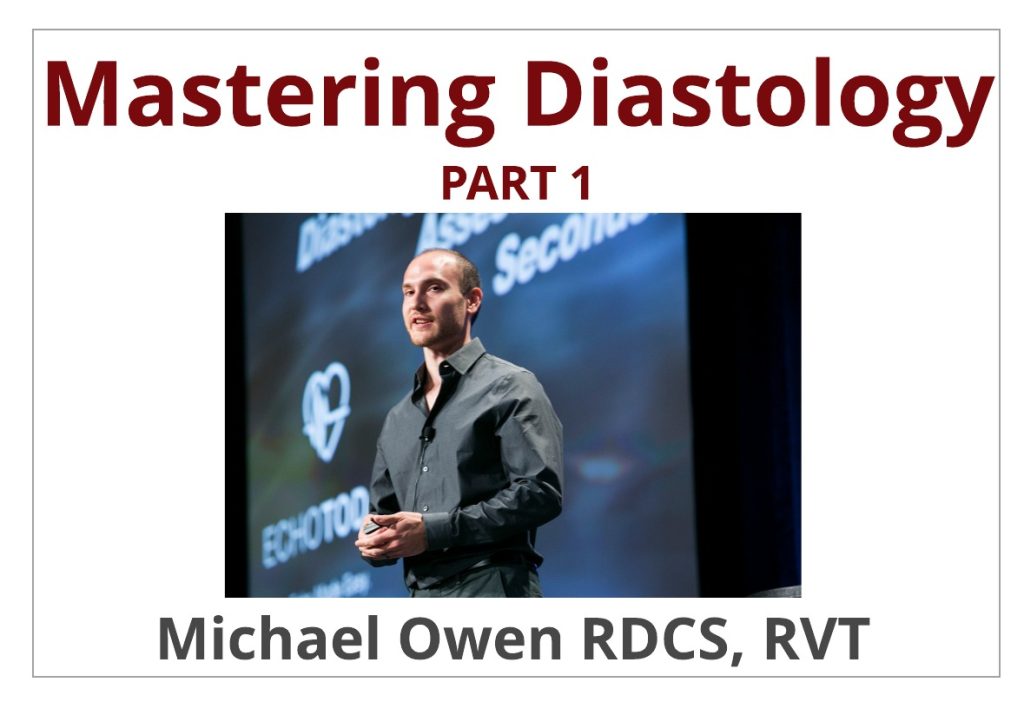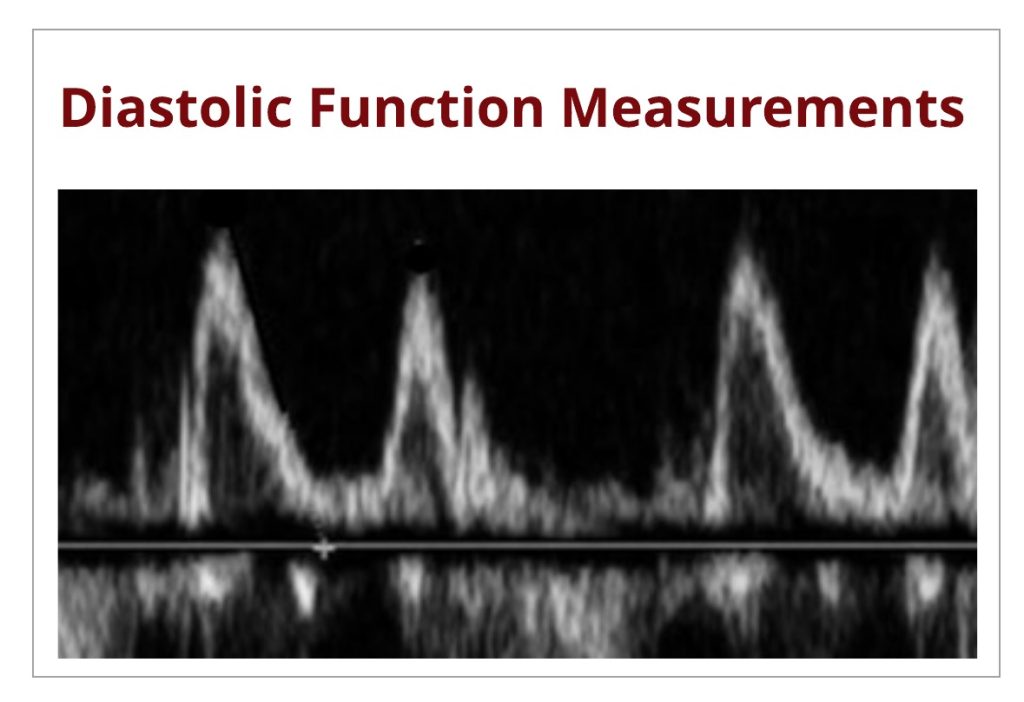Avoid These Diastology Measurement Errors
Now that diastology is a mandated part of the scanning protocol for all of our accreditation clients, we are starting to see more diastology measurement errors. We thought that sharing these errors may help others to avoid them. This week, we will review correct tissue Doppler measurement techniques while reviewing two common errors. These errors include:
Avoid These Diastology Measurement Errors Read More »

